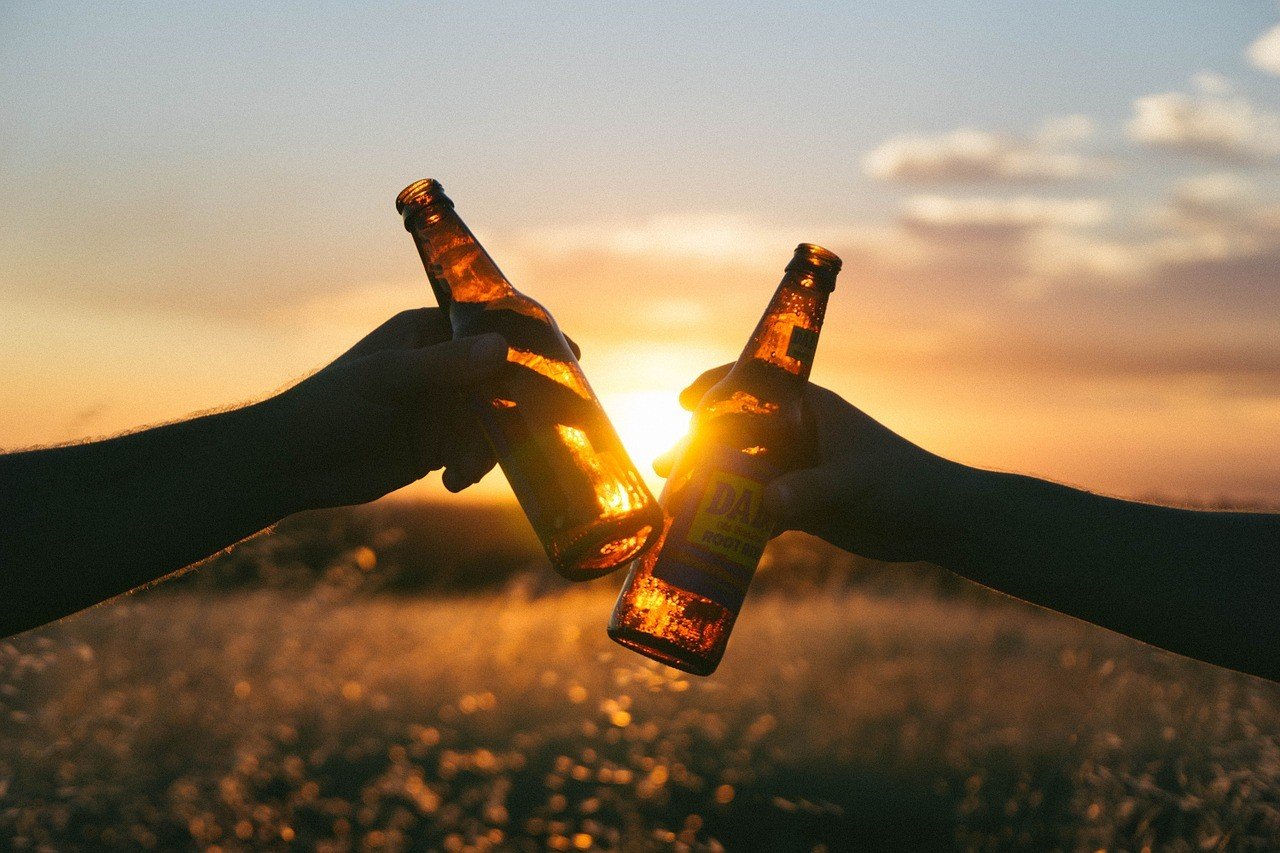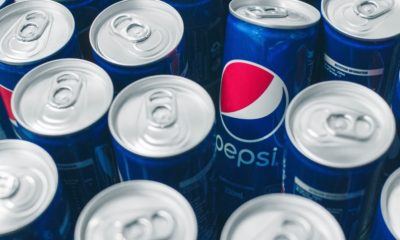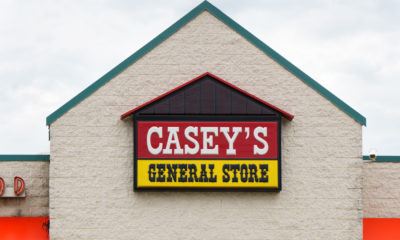Business
Craft distilling revolution: The fastest-growing sector in the alcohol beverage industry
Many craft distillers have tried out various ways of creating buzz in the distilling circles.

It might seem like the dream job of many, but building your own craft distillery is more than just mixing and matching flavors.
For one, whereas craft breweries can start with an initial investment of just $10,000, craft distillers often need startup costs of more than $100,000. The learning curve is also very high, as distilling new flavors is mostly trial and error. It also doesn’t help that there are very few classes on the subject.
When it comes to marketing their products, craft distillers have a tough time keeping up with the industry giants. Most small distillers are still concentrating on building brand awareness and introducing their products to consumers, restaurants, and retailers. They try to get people to appreciate the small and local when it comes to drinking.
While the craft distillery boom is a positive thing in general, it also means more competition and less chances of getting known even locally. Many craft distillers have tried out various ways of creating buzz in the distilling circles, but one of the most popular means is by joining contests in the hopes of winning awards. Entering such competitions helps craft distillers differentiate themselves from the big guys, which already have old money and deep pockets that they cannot match.
Eastside Distilling, Inc. from Portland’s Distillery Row succeeded in this quest with its lineup of award-winning spirits, which include Burnside Bourbon and Below Deck Spiced Rum. Both of them received gold medals from the MicroLiquor Spirit Awards and the Beverage Tasting Institute, with Below Deck Spiced Rum receiving a first place accolade from Sip Northwest.
Another way that micro-distillers get their name out there is through creating unique experiences—something that even the big brands don’t have. For example, Eastside Distilling created Oregon Marionberry Whiskey, which takes it flavor from marionberries—a variant of blackberry—harvested locally. Maine Craft Distilling from Portland had its bottles of Twenty 2 Vodka all hand-signed, enhancing the feeling of exclusivity that huge brands can never foster.
Some craft distillers try to find their own niche. Chicago’s Koval Distillery boasts of handmade and organic whiskeys, liqueurs, and spirits. Indianapolis’ Heartland Distillers make use of sweet sorghum syrup in all of its products.
Having a great backstory also sells. Bulleit Bourbon, which started out as independent brand, entered the market with a compelling story: Its bourbon was a product of an 1830s recipe of a vanished distiller resurrected by his great-great-great grandson. Such stories make consumers want to get a taste of the product and see if it’s worth the hype. They can even attract the attention of the big players, like Diageo, which eventually acquired Bulleit Bourbon.
Of course, nailing flavor and quality is a given; otherwise, that craft distiller would not even make it to the shelves of independent liquor stores. Signing up these stores is important as they can give much-needed shelf space and visibility. However, with the sheer number of craft distillers in one area, these companies have to impress the store and prove that their product is going to sell.

Eastside Distilling’s Burnside Bourbon received a gold medal from the MicroLiquor Spirit Awards and the Beverage Tasting Institute.
With limited funding, it is undoubtedly difficult for craft distillers to market their own products. However, they have one contribution to the spirits industry that will make them marketable for years to come: innovation. New products, tastes, and twists start in the craft distiller level, and they give more options in making cocktails and more to discuss with the customer.
—
This article may include forward-looking statements. These forward-looking statements generally are identified by the words “believe,” “project,” “estimate,” “become,” “plan,” “will,” and similar expressions. These forward-looking statements involve known and unknown risks as well as uncertainties, including those discussed in the following cautionary statements and elsewhere in this article and on this site. Although the Company may believe that its expectations are based on reasonable assumptions, the actual results that the Company may achieve may differ materially from any forward-looking statements, which reflect the opinions of the management of the Company only as of the date hereof. Additionally, please make sure to read these important disclosures.

-

 Biotech4 days ago
Biotech4 days agoBiotech Booster: €196.4M Fund to Accelerate Dutch Innovation
-

 Markets2 weeks ago
Markets2 weeks agoCoffee Prices Decline Amid Rising Supply and Mixed Harvest Outlooks
-

 Crypto18 hours ago
Crypto18 hours agoBitcoin Traders Bet on $140,000: Massive Bets until September
-

 Crypto1 week ago
Crypto1 week agoCaution Prevails as Bitcoin Nears All-Time High
























